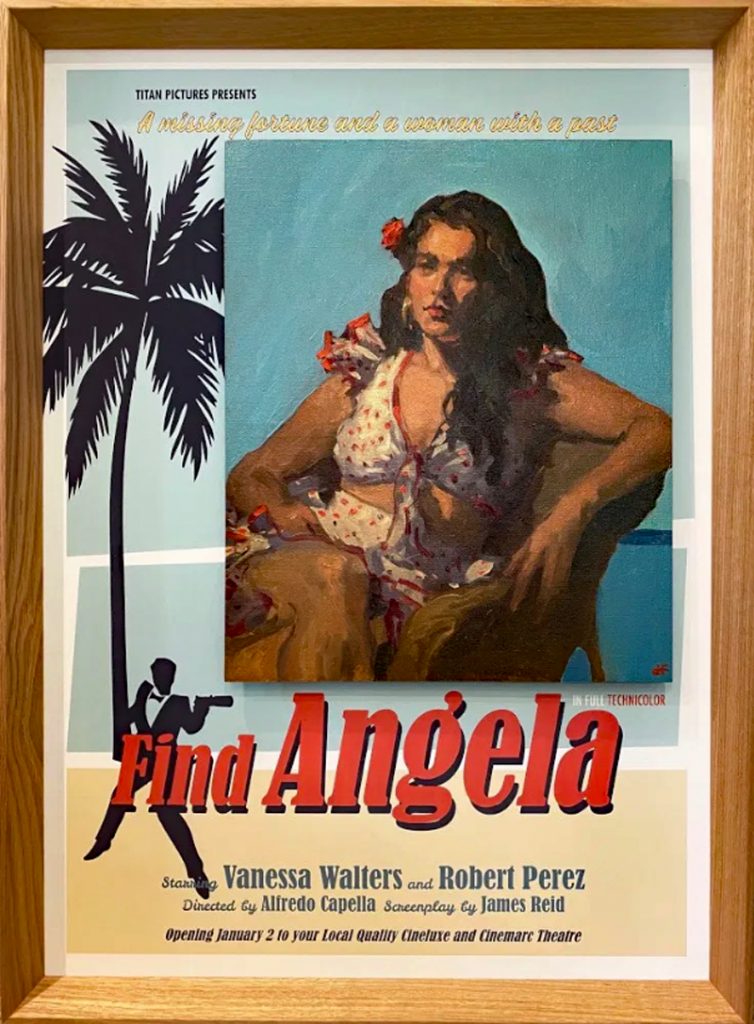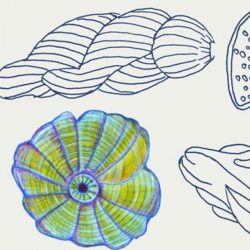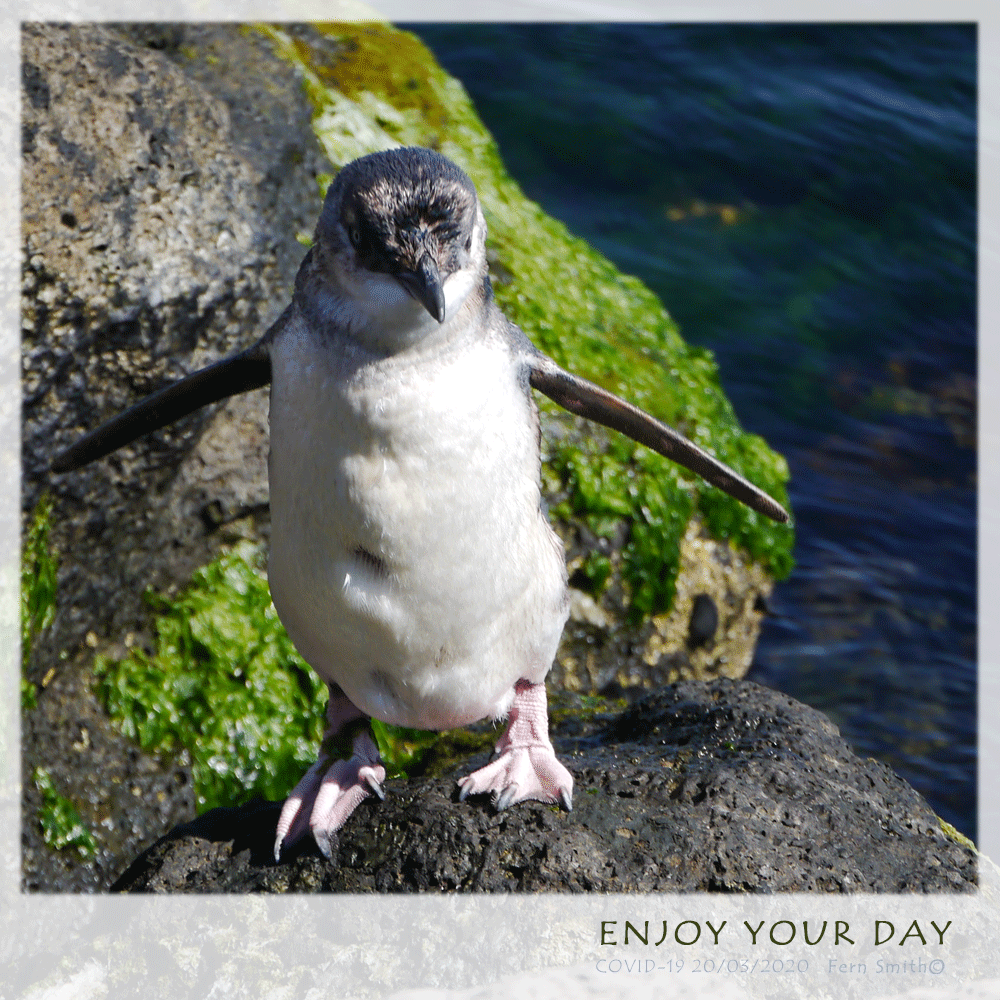What: 102nd annual exhibition works by Twenty Melbourne Painters Society. When: 13 September to 30th of August 2020. Where: Click on each artist to view the whole exhibition. https://twentymelbournepainterssociety.com.au/2020-on-line-exhibition/
An exhibition of artworks by the Twenty Melbourne Painters Society’s members. It is a love story of the splendour; the great outdoors and studio works. They pay homage to the founders through employing en plein air in the genres predominately in expressionism, tonalism and realism. The artworks are a feast for your eyes while witnessing respect for deep ecology.
All works are crafted with skill from of a lifetime of art practice such as Margaret Cowlings “Winter, Flagstaff Gardens, Melbourne”, a work painted outside in winter deftly daubing light and shadow. What appears simple may have taken twenty years to achieve, for example Abbots “TreeForms and Wattle, Monsalvat” and John Orlando Birt’s watercolour “Winter Rubicon, Victoria” is an exacting work of tonalism.
Unknown, I think, to the founders who created an invitation only process to be members has enabled a buffeting from storms of change. Isolated in a sense from the waves of painting genres for instance; symbolism, art nouveau, surrealism, social realism, postmodernism, and conceptualism. On saying this, Fiona Bilbrough “Priceless” is an impressionist conceptual work, while Jennifer Fyfe “Titan Pictures Presents”, marries realism, impressionism and graphic design breaking away from the mold to introduce the genre of conceptualism while remaining true to the founders.

Embedded in tradition the Twenty Melbourne Painters are quietly deeply radical. The artists are mainly “be here now’ painters. They are light catchers and diarists with camera shutter eyes, demanding a truthful account of what they see. Such as Raymond Hewitt’s “Smoke Haze” or Barbara McCallum’s “Pomegranates with Green Jug” both quite different light catchers.
Painting what they see in front of them and utilising ground pigments, oils, paper, and cloth all compostable, The Twenty Melbourne Painters, show respect for the natural environment and display a living embodiment of “act local think global” a deep ecology.
THE ARTISTS REPRESENTED
Angela Abbot’s whimsical glimpse of a landscape “TreeForms and Wattle, Monsalvat” the work is like and ending of a chapter you are wondering what will happen next. Abbot has successfully utilised the use of abstraction, tonalism and impressionism. The daubes of oil look almost haphazard relaxed however it is with a surgeon’s knife she cuts through the landscape.
Tilba Tilba the actual location holds a special spot in my psyche with its looming mountain Gulaga (nee Mount Dromedary) with its many strange tales, the spiritual home to Yuin people. In the Australian impressionist tradition of capturing the drenching glare; “Tilba Tilba”, a large watercolour, by Greg Allen is the light, oat-wheaten coloured folding mountains, with an impressive expanse. His deft hand at capturing light is outstanding.
This miniature oil painting applied with thick strokes “Priceless” by Fiona Bilbrough, an image of toilet paper. The shortage of toilet paper rolls at the beginning of the lockdown in Australia with COVID19 took on gargantuan proportions. “Priceless” a historical documentation of toilet paper, it is rendered with loving care. This is example of contemporary concept bedded in tradition of tonal impressionism.
John Orlando Birt’s watercolour “Winter Rubicon, Victoria” is a beautiful tonal work conjuring a thousand stories. The use of soaked paper to get the result of the washed-out background, emphasises the sodden, wheel trodden marshy foreground, establishing Birt’s authority with his craft.
Bill Caldwell’s “The Painting class” oil on linen takes you into the practice of studio painting. The internal scape is emphasized with an impressionists filtered light reflected on the concentrated studio artists faces as they hone their craft. Your eye follows the attention to detail highlighting the movement in the work.
“Winter, Flagstaff Gardens, Melbourne” watercolour captures Margaret Cowlings’s skilled eye capturing a fragment of time and light in this en plein air work. This achieved through feeling the chill of winter with its charcoal black stretching shadows, bear trees and the possum guard giving the work a timeframe to the established Flagstaff gardens. The cool temperature of the work is redeemed with low angled sun giving a warmth with the use of yellow and ochre hues. Cowling is a mistress of her craft capturing light and documenting time with her deft handling of watercolour.
Stephen Doyle “Natives” oil on canvas, is a light filled flower study. Doyle uses his oil stroke like his watercolour stroke, this is quite rare. His egg shell white background and ochre lentil give weight, place, context to the work. The contrast between the mishappen vases a blue ceramic pickle jar, a green glass beaker and old glass potion bottle all very colonial with the casual pickings’ native flora one in each container, a spiral eucalyptus, banksia and a Leucadendron.
Jennifer Fyfe “Titan Pictures Presents” mixed media is a conceptual work. A classic impressionist portrait draws on her weekly three hour studio study at the Victorian Artists Society is combined with graphic imaginary of a vintage 1940 -1950’s movie or theatre poster. Both disciplines are executed with precision bring a complete concept to the viewer. Jennifer shows confidence and adroit ability to straddle a few art genres, realism, and graphic design, bringing together a cohesive whole.
Raymond Hewitt “Smoke Haze” oil on board is an example of thick stroke tonalism to express those horrid bushfires that smothered the east coast of Australia for five months, no-one was immune. Like Turner from the more realistic early years Hewitt is moving into an almost abstract concept to represent the landscape. Its remarkably effective and immediate.
Amanda Hyatt’s “Southern Cross Station” a wet on wet oil painting. Wet on wet means you do not dry your work between layers it requires little footprint on the canvas, it is an existent work. The work has a limited pallet and tonal giving it a great sense of movement.
An impressionist portrait studio artist, Lee Machelak’s “Flower Girl” oil painting was executed outdoors, she was delighted in the experience. Machelak has an easy loose stoke to her work rendering the portrait in a more casual pose compared to the realists work like Paul Fitzgerald. Flower Girl is an expressive gentle work.
“Pomegranates with Green Jug” Barbara McCallum demonstrates the subtle brush stokes enhancing the tonal realist effect. The outstanding aspects of this painting is the brick, cement, and brass work. McCallum pays homage to simple common home objects highlighting the beautiful pomegranate with the use of rich cool tones. Is it depicting a shadowy outdoor spot or late afternoon in winter?
Paul McDonald Smith “Proteas and Fruit” oil on linen is a sumptuous feast laden table both European and Australian in flavour. A well composed studio work with the table at an angle giving more space to the table setting. The close paint strokes enhance the tonal work and the light is in the natural in flavour, is exquisite.
“Summer, Northern Victoria” by Ross Paterson, en plein air pastel is tonal and representational. “The choice of soft pastel as the medium was a very suitable one as it is very flexible and plastic – with strong colour overlays and divisionist strokes all part of the development and adjustments to make the painting work cohesively.” Paterson
“Winter light” a large watercolour by Herman Pekel utilizes a limited palette, tonal and realist to good effect. The work has a strong Australian bushland feel. Saplings on a gentle slope to somewhere misty cold, you can almost smell it. The depth of field is well executed. I popped onto his website and noticed this work is a reoccurring theme maybe it’s his favourite private spot?
“Storm over Cape Schanck” en plein air watercolour by Clive Sinclair. Wet on Wet watercolour is where the sheet of paper is saturated before you start painting. There are a couple of schools in this technique. Sinclair employs immediate daubing once the water has been applied. Sinclair uses a few stokes to capture the light perfect application for this stormy day.
Its windy and wild at Red Bluff the size of the landscape is depicted by the smallness of the couple in the landscape. Peter Smales “Windy Day, Red Bluff” oil painting deploys thick easy brushstrokes to set the scene. It is tonal and expressionist in style.
David K Taylor “Light Phillip Island’ watercolour with this work you have a good sense of shade glare and the natural environment . “…Capturing the essence of the subject as a fleeting moment in time requires speed of hand to achieve the spontaneity I like to record…the light in its many guises and drama of fleeting impressions are important factors when I am viewing this special world that is ours to be a part of…” Taylor’s website.
“The Narrows” Maxwell Wilks pastel paper on board. “A summer view of the Australian landscape reflecting on the vast and dry and endless plain.” Wilks. The work is iconic, representational, and tonal impressionism with Tom Roberts similar use of colour such as in the work “Break away”. The Narrows is rich and deep in colour evoking summer and the vast landscape before us.
Joseph Zbukvic’s mixed media “Heading Out”. is “…a balance of harmony between tonal values, design, colour and mood that will visually evoke the emotions between the viewer and the painting. Watercolour, with its subtle and gentle effects is a perfect medium to achieve this.” Zbukvic website
Allow yourself the time to view the exhibition.
Reviewed by Conceptual artist Fern Smith – Enjoy the exhibition

